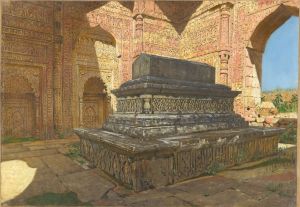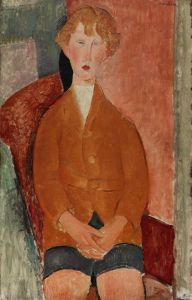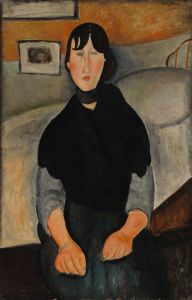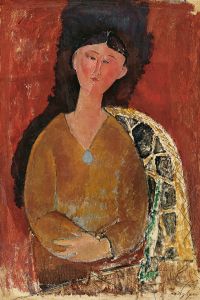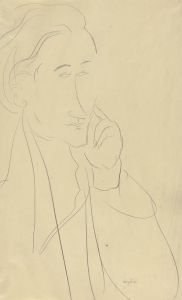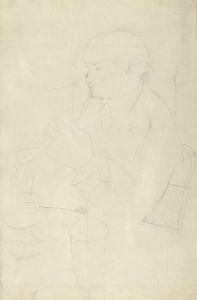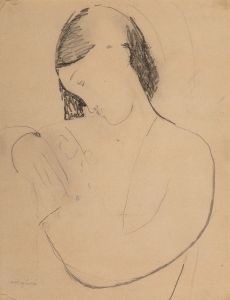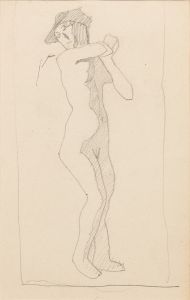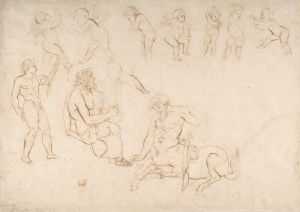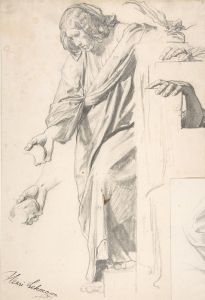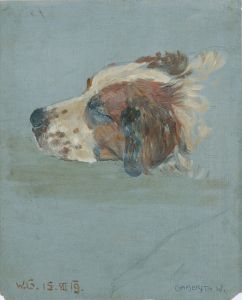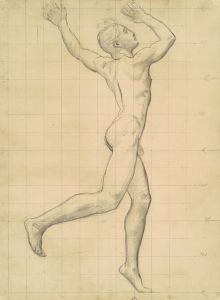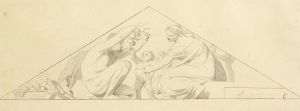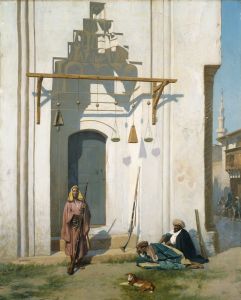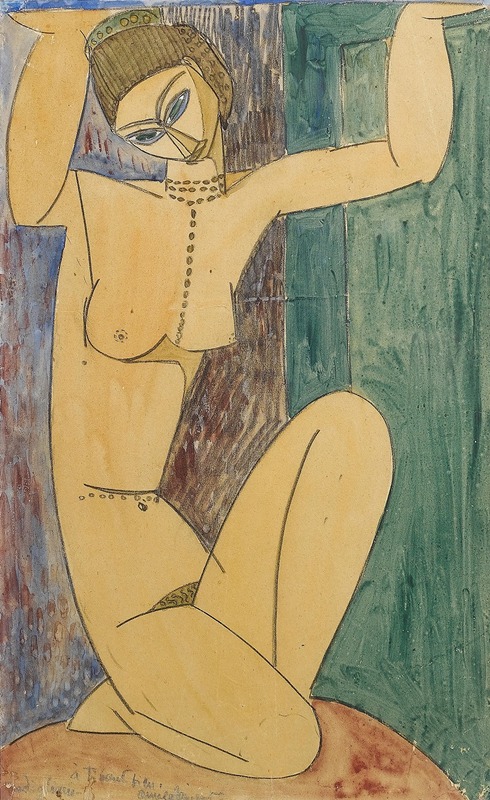
Cariatide
A hand-painted replica of Amedeo Modigliani’s masterpiece Cariatide, meticulously crafted by professional artists to capture the true essence of the original. Each piece is created with museum-quality canvas and rare mineral pigments, carefully painted by experienced artists with delicate brushstrokes and rich, layered colors to perfectly recreate the texture of the original artwork. Unlike machine-printed reproductions, this hand-painted version brings the painting to life, infused with the artist’s emotions and skill in every stroke. Whether for personal collection or home decoration, it instantly elevates the artistic atmosphere of any space.
Amedeo Modigliani, an Italian painter and sculptor, is renowned for his distinctive modernist style, characterized by elongated forms and simplified features. Among his works, "Cariatide" (Caryatid) is a notable example of his exploration of the human figure and his interest in classical themes. The term "Caryatid" refers to sculpted female figures that serve as architectural supports, a motif rooted in ancient Greek art and architecture.
Modigliani created a series of works inspired by caryatids, primarily between 1911 and 1913, during a period when he was deeply influenced by non-Western art, particularly African and Cycladic sculptures, as well as classical antiquity. These influences are evident in the stylized and abstracted forms of his caryatid figures. The "Cariatide" works were primarily executed as drawings and paintings, though Modigliani initially envisioned them as part of a larger sculptural project. However, due to health issues and financial constraints, he was unable to fully realize this ambition in three-dimensional form.
The "Cariatide" paintings and drawings often depict female figures in kneeling or seated poses, with their arms raised as if supporting an unseen architectural structure. The figures are rendered with Modigliani's characteristic elongation of limbs and necks, as well as a sense of rhythmic flow in their forms. The use of bold, simplified lines and earthy tones reflects his modernist approach while maintaining a connection to the classical tradition.
One of the key aspects of Modigliani's "Cariatide" series is its symbolic resonance. While the figures reference the architectural role of caryatids, they also embody themes of strength, burden, and endurance. This duality—combining physical support with an emotional or symbolic weight—is a recurring theme in Modigliani's work.
Specific details about individual "Cariatide" works, including their exact dates and locations, can vary, as Modigliani's oeuvre has been subject to extensive study and cataloging. Many of these works are held in private collections or museums, and they continue to be celebrated as part of Modigliani's unique contribution to modern art.
Amedeo Modigliani's "Cariatide" series exemplifies his ability to merge influences from diverse artistic traditions into a cohesive and innovative style. These works remain an important part of his legacy, reflecting his fascination with the human form and his reinterpretation of classical motifs through a modernist lens.





